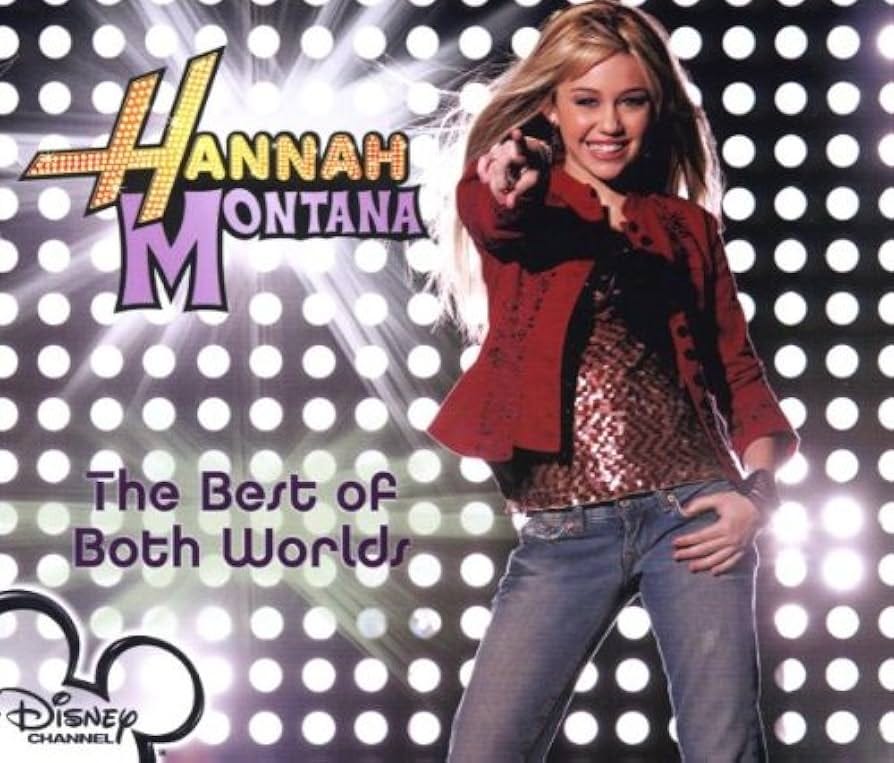Paint Like a Child
"It took me four years to paint like Raphael, but a lifetime to paint like a child." - Pablo Picasso (related to me by Eliot)
I.
Children have the freshest of brains. They are encoded with almost nothing except whatever was hardwired into us through millennia of evolution. I recently convinced my 3 year old niece that Narnia shows up in my closet from time to time.
“By the way, the back wall of my closet occasionally opens into a snowy forest with a beautiful witch who feeds me pink, rose-flavored Turkish delight. Does your closet do that?”
She hung onto every word as I spun some serious yarn.
The beauty of a fresh noggin is it allows for one to take in the world absent of the filters of judgment and preconception that we accumulate into adulthood.
As a child, we might struggle to navigate the world without the hard-earned knowledge of adulthood, but we see the Mona Lisa as she is — every brushstroke, every detail, every nuance, every subtle variation in color and texture — unfiltered by biases and judgments. We express freely, with little internal or external judgement impeding our path.
In the journey towards adulthood, our perception becomes increasingly pixelated, where each pixel represents an internalized “truth” about the world. This pixelization is a necessary happening: strong pattern-matching abilities help us navigate life with increased efficiency and reduced clunkiness. The pixels help us develop competence, navigate an infinitely complex reality, and find our place in society.
However, this maturation comes at a cost. As we cement and rely on pre-formed mental patterns, we begin to see the world in broad strokes — blocky, simplified, and reduced to its most basic elements.
We form strong biases and become increasingly judgemental. We categorize and label. We trade nuance for efficiency. We diminish our capacity to see things as they truly are.
As a child, my head was perpetually in the clouds. I was imaginative, curious, and perhaps a bit scattered. Somewhere out there exists a preschool video where I abruptly stop singing in a class performance as my expression goes deadpan I retreat into the void for about 3 seconds before I return to reality like nothing happened.
Through a series of competitive environments where failure is swift and judgement is harsh, my INTP Myers-Briggs melted into an INTJ. I learned to judge more than I perceived, and I became a well-oiled, highly functional machine.
There are two ways to progress from here.
A second coming of age may occur where one realizes — while increased pixelation might be a more efficient method of data storage, with too much of it, you really do lose sight of the bigger picture.
The “have tos” and “should bes” spouted by the archetypical adult wagging a stern finger has a definite point of diminishing returns. After we have developed enough patterns to survive in society, any added simplification of reality pushes us further away from our authentic selves until these patterns become so ingrained that we forget they're not actually part of us.
As we become increasingly rigid in our perception, we grow increasingly distant from our true nature.
I propose a second coming of age. This is for embracing nuance and how hilariously little we know about this reality we exist in.
This second coming of age is for reconnecting with our inner child.
II.
Now, I want to make an important distinction between being child-like and being child-ish. The former, when found in an elderly person or religious figure, is typically a source of immense delight with an underlying tone of deep wisdom — a “goofy master” of sorts (creds to Eliot). The latter reeks of stunted character development.
Being childish implies immaturity, ignorance, and a lack of awareness — essentially, the negative aspects of youth without the wisdom of experience. The goal here is to maintain the positive aspects of adulthood — responsibility, wisdom, competence — while reclaiming the wonder, openness, and authenticity of childhood.
This reconnection is a very intentional process of challenging our biases and judgments, both external and internal.This process isn't about regression or abandoning responsibilities; it’s about giving ourselves permission to be curious, playful, and open to new experiences. It also involves forgiveness. Namely, forgiving those who may have pushed us too hard to "grow up."
It's a state that combines the openness of childhood with the wisdom of adulthood. As Hannah Montana once wisely stated, you get the best of both worlds.
III.
When we successfully reconnect with our inner child, our perception begins to change. The heavily pixelated image starts to gain resolution. We see with more nuance, more detail, more clarity. We don't return completely to the unfiltered perception of childhood (nor would we want to, as adult wisdom serves important purposes). Instead, we find a middle ground.
We can use our adult understanding to beautifully frame what we see, while allowing room for our childlike openness to ensure we don't miss the details. We gain a richer, more textured experience of the world and ourselves.
This isn't a state we achieve once — it's a practice. It’s a deliberate choice to see the world and ourselves with more nuance, to challenge our biases, to remain open.
In this practice, we begin to "depixelate" our perception, and relearn how to paint like a child. We make our inner child's dreams come true with our adult capabilities, creating a life that honors both who we were and who we've become.








